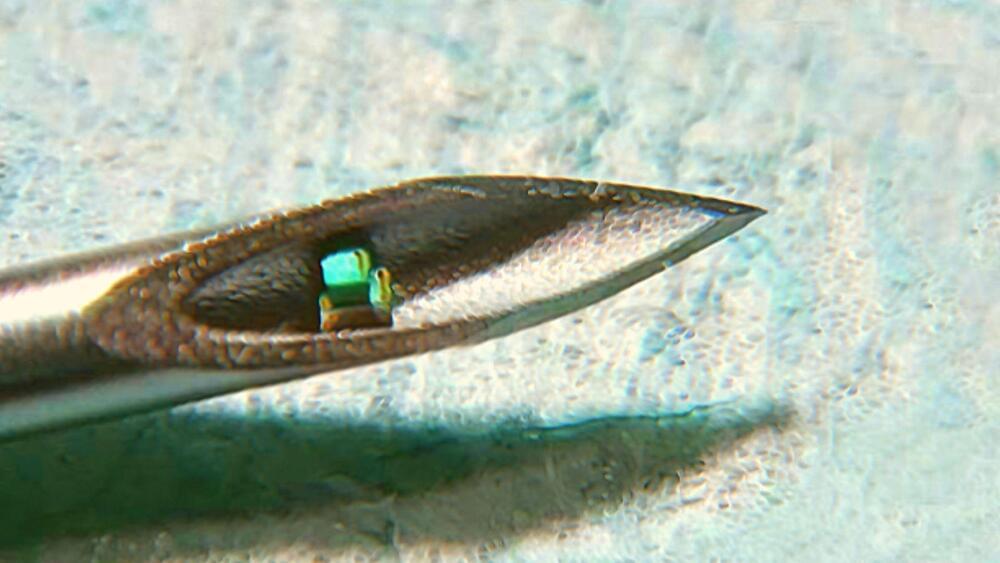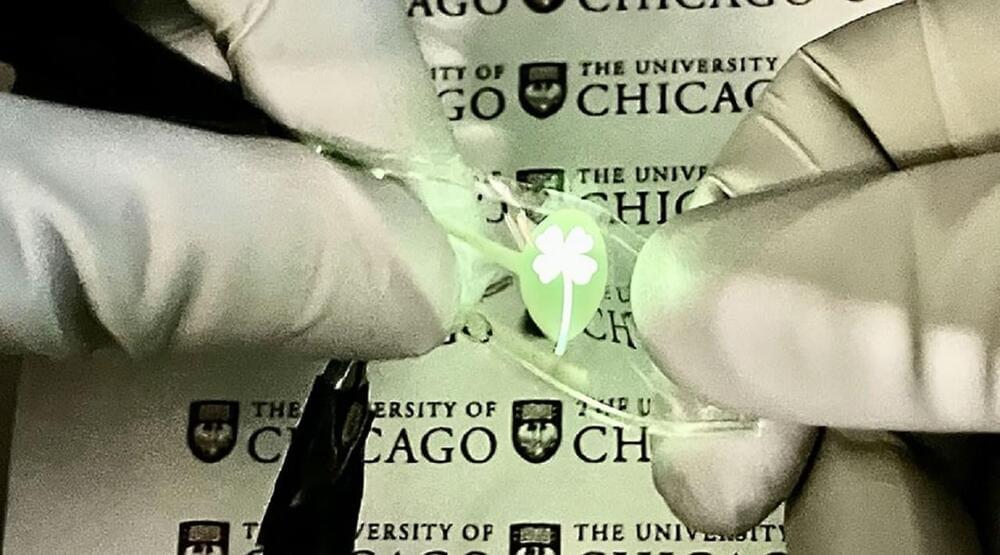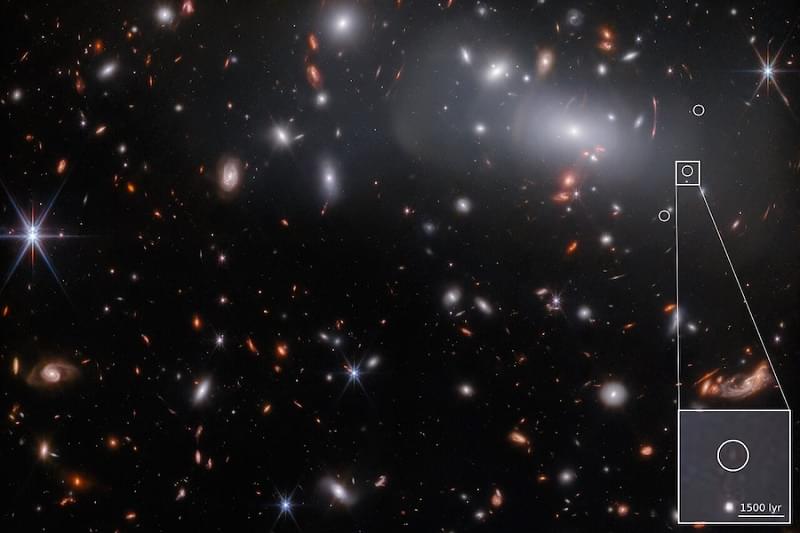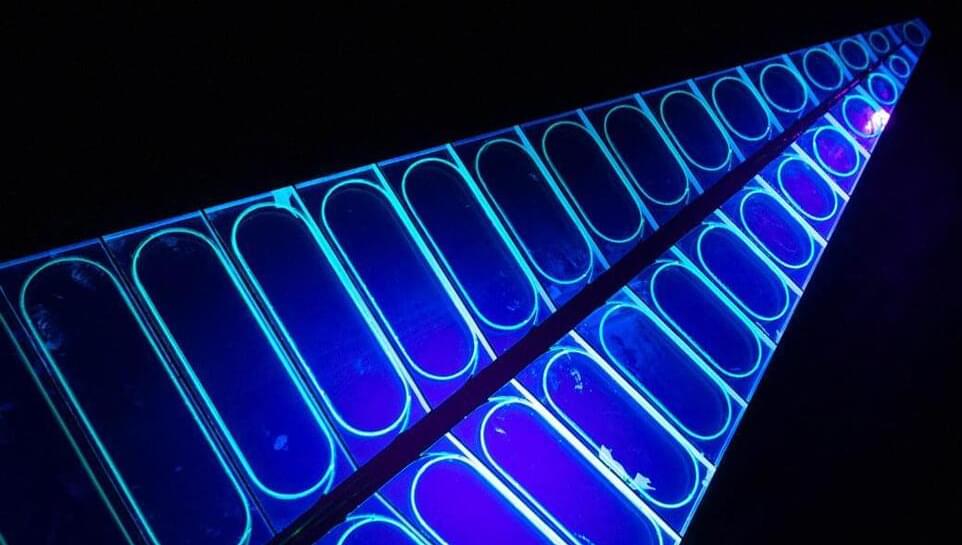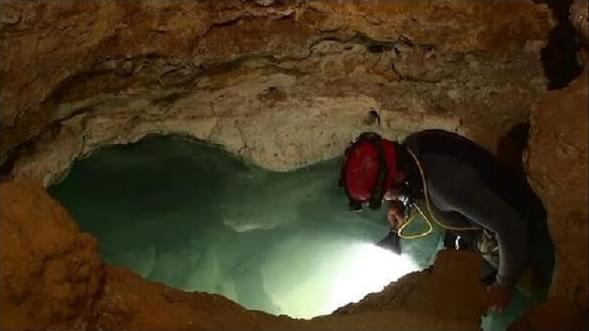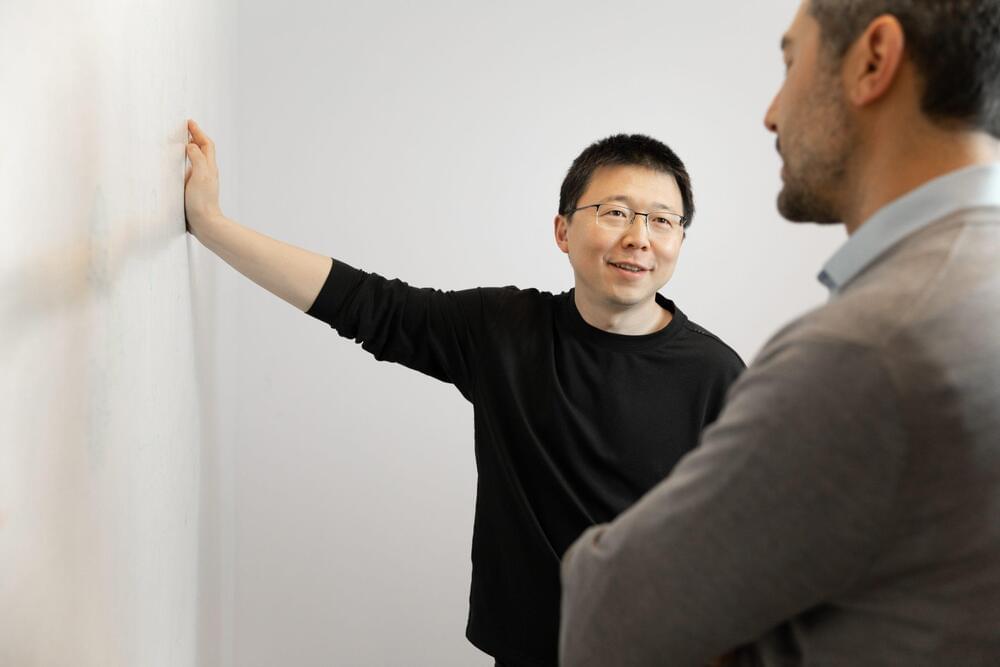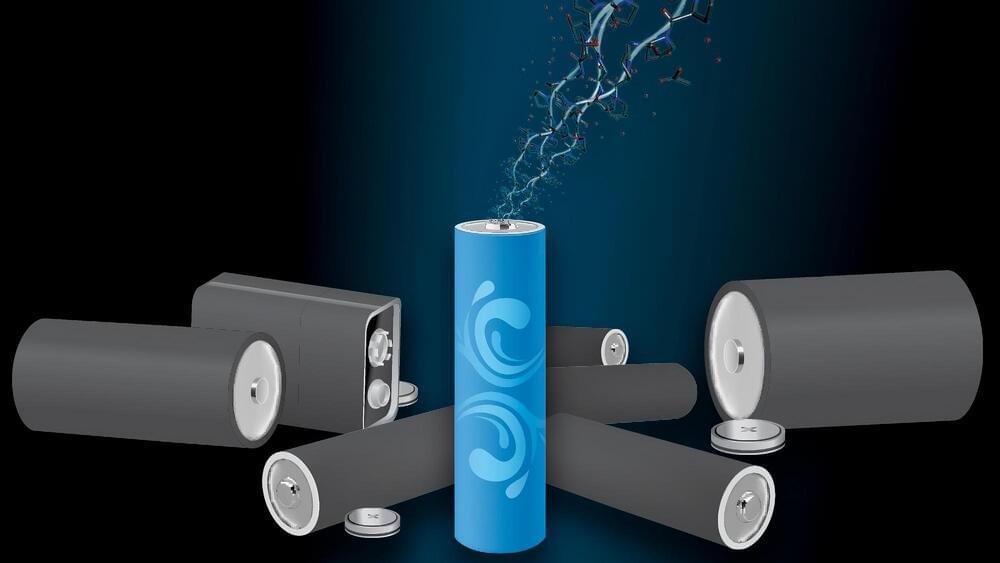Researchers assess the effectiveness of a phenotype-tailored lifestyle intervention on weight loss in obese adults.
A tiny computer chip was implanted into seven mice at once
The implant created by the engineers at Columbia is record-breakingly small, but it’s also breaking new ground in simply existing as a wholly functional, electronic circuit whose total volume is less than 0.1 cubic millimeter. In other words, it’s the size of a dust mite, not to mention far more compact than the world’s smallest computer, which is a cube-shaped device precisely 0.01-inches (0.3 mm) on each side. The smaller, new chip is only visible with a microscope, and pushed the envelope in power-sourcing and communications ingenuity design.
Typically, small electronics feature radio frequency (RF) modules capable of transmitting and receiving electromagnetic signals, this method generates wavelengths too large to originate from devices as small as the new one. Alternatively, ultrasound wavelengths are far smaller at specific frequencies because the speed of sound is a lot slower than the speed of light at which all electromagnetic waves move. Consequently, the Colombia team of engineers integrated a piezoelectric transducer capable of functioning like an “antenna” for wireless communication and powering using ultrasound waves.
Scientists looked more than 13 billion years into the past to discover a unique, minuscule galaxy that could help astronomers learn more about galaxies that were present shortly after the Big Bang.
A team of scientists led by the University of Minnesota Twin Cities used the James Webb Space Telescope to observe a very small galaxy that is more than 13 billion years old.
This galaxy created new stars at a very fast rate for its size. It is one of the smallest galaxies ever found at this distance (which is about 500 million years after the Big Bang).
The universe began about 14 billion years ago with a single point that contained a vast array of fundamental particles, according to the prevailing theory known as the Big Bang. Under the pressure of extreme heat and energy, the point inflated and then expanded to become the universe as we know it. That expansion continues to this day.
Unlocking the mysteries of what happened in that first instant is a key subject of nuclear physics research. Rosi Reed, associate professor, and Anders Knospe, assistant professor―both in the Department of Physics―are on the leading edge of that research, probing the nature of that initial matter created, quark-gluon plasma, a fluid made up of subatomic particles. With support from the National Science Foundation, they have built a highly-specialized detector to measure aspects of the universe that have never before been measured.
Reed and Knospe are installing their event plane detector at Brookhaven National Laboratory’s Relativistic Ion Collider (RHIC) in Long Island, New York, one of only two operating particle collider facilities in existence. They are running experiments to forward their collaborative and individual research on the strong nuclear force, one of the four fundamental forces of nature, along with gravity, electromagnetism and the weak nuclear force. The strong force holds atomic nuclei together.
‘Peculiar’ blob-like species discovered thriving in ‘toxic’ Romanian cave, study says.
Finally got around to reading through the Feng Zhang laboratory’s amazing SEND (Selective Endogenous ENcapsidation for cellular Delivery) paper!
[Link: https://www.science.org/doi/10.1126/science.abg6155] The authors describe a new gene therapy delivery vehicle which leverages virus-like particles (VLPs) originally produced within human cells. These VLPs arise from ancient retroviral genomic fragments that were integrated into the human genome long ago and eventually were utilized to benefit our own physiology. Because they are recognized as ‘self’ by the immune system, the VLPs have potential as a novel gene therapy delivery modality. In this paper, Segel et al.
Aera’s strategy is to harness these proteins, and structures, to move the cargo of genetic medicines: RNAi, antisense RNA, mRNA, or a genetic editing payload, for example. To date, proteins and nucleic acids have been packaged. The company’s first goal is to move smaller nucleic acids like ASOs and siRNA from cell to cell.
What is known about PNPs is “quite limited,” said Akinc. Their role in the human body is particularly opaque. The literature goes back only to 2018. They are called virus-like particles (VLPs) in the literature, but Aera thinks that PNP is a more technically accurate name.
A new Tesla Megapack project has broken ground in Arizona, and when it comes online in 2024, it will be the state’s largest energy storage system.
For utilities, battery energy storage is one of the most helpful new technologies they can employ to reduce fossil fuel dependence and increase the reliability of their associated grid. By holding onto excess power generated during lulls in demand, power companies can more easily address peak demand and, importantly, reduce costs. Now, a new Tesla Megapack energy storage system is set to do just that in Arizona.
The Sierra Estrella energy storage facility, constructed by utility company Salt River Project (SRP) and energy system constructor Plus Power LLC, will be the largest of its kind in Arizona. The massive network of Tesla Megapacks will have a capacity of 1,000MWh, enough energy to power 56,000 homes for four hours. According to previous information released by SRP, the project was set to cost $400 million, but this does not account for the recent Tesla Megapack price cut.
Researchers in the United States have developed a new ultrasonic acoustic attack that can covertly give hackers remote access to many smart devices by turning the device’s microphone and voice assistant against them.
The attack works by using ultrasonic acoustic signals that are inaudible to humans but can be picked up by voice assistants on smart devices, a type of cyberattack commonly referred to as a “SurfingAttack” or “ DolphinAttack.”
With a SurfingAttack, a hacker can modulate voice commands into silent, near-ultrasonic signals, allowing them to issue commands to a smart device, all while a user is blissfully unaware their device has been hijacked.
Texas A&M University scientists have discovered a 1,000% difference in the storage capacity of metal-free, water-based battery electrodes.
The metal-free water-based batteries are unique from those that utilize cobalt in their lithium-ion form. The research group’s focus on this type of battery stems from a desire for greater control over the domestic supply chain as cobalt and lithium are commonly sourced from outside the country. Additionally, the batteries’ safer chemistry could prevent fires.
Chemical engineering professor Dr. Jodie Lutkenhaus and chemistry assistant professor Dr. Daniel Tabor has published their findings about lithium-free batteries in Nature Materials.

